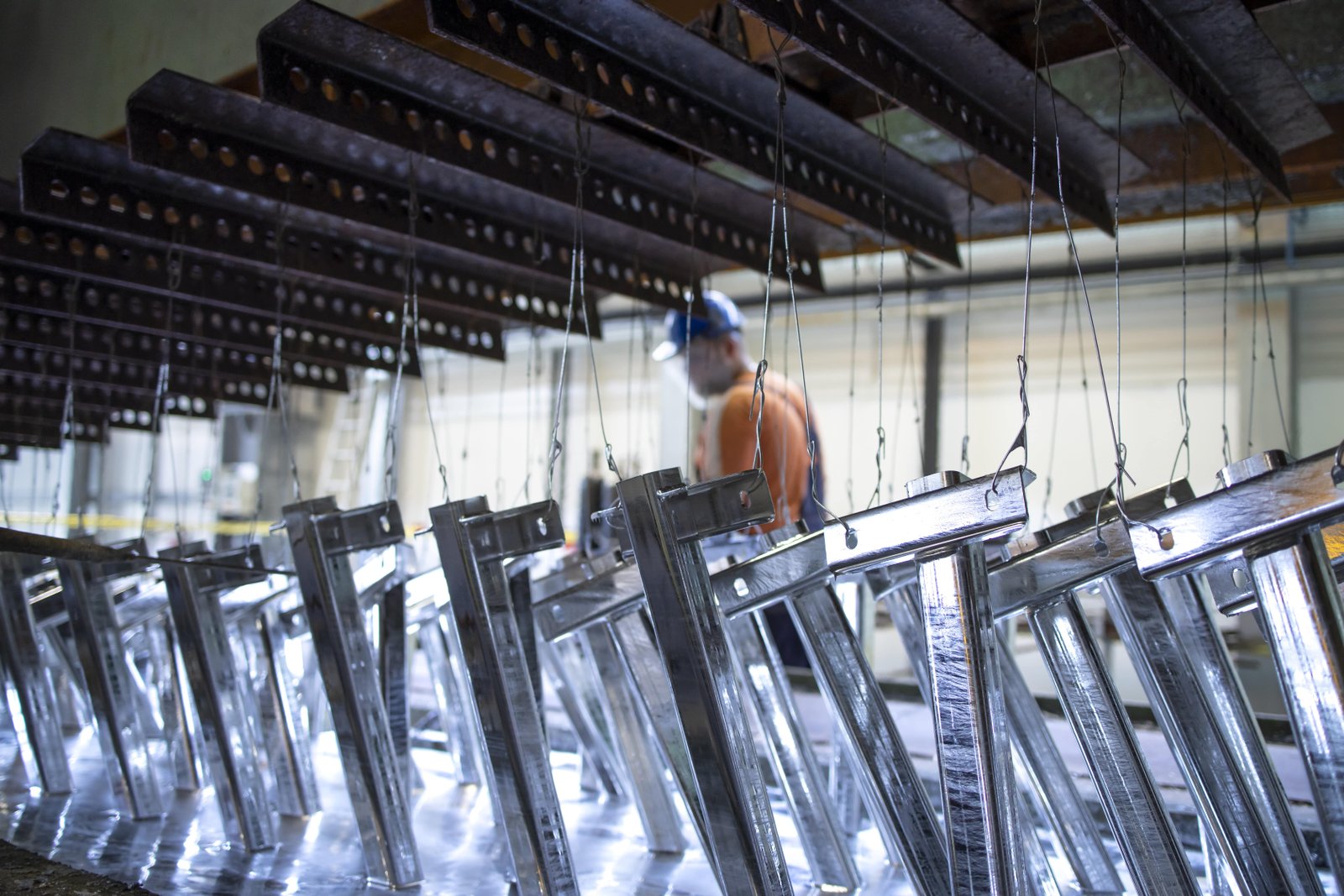Discover amazing facts about the history of stainless steel in this interesting blog post.
While iron has been in use for thousands of years, its alloy stainless steel was created only a little over 100 years ago and has since been in commercial use. It has now become an integral part of our day-to-day lives due to its various properties, ease of maintenance as well as the ability to mould and shape it into different uses.
While learning about stainless steel is ever fascinating, we decided to take a walk down the lane to dig up some interesting facts about the material from its early years. Here are some historical facts about stainless steel:
Harry Brearley of Sheffield, UK in 1913, while looking for a solution to gun barrel erosion during the First World War in the British army invented stainless steel by adding 12.8 per cent chromium to iron to create a metal that resists corrosion and rust.
In the early 1920s, following the invention of steel a variety of alloy blends of iron with chromium and nickel were tested and Stainless steel was referred to as “18/8” to indicate the percentage of chromium and nickel in the steel.
In 1925, a stainless-steel tank was used to store nitric acid for industrial use, thereby demonstrating the metal’s anti-corrosion properties and promoting use for industrial purposes.
In 1926, the first surgical implants made of stainless steel were performed, promoting the hygienic properties of stainless steel.
The hygienic characteristic of stainless steel was further established in 1928 when the first stainless steel fermenting vessel was used to brew beer. The alloy has since then been widely used in the food and beverage industry.
The first stainless steel train was built in the USA in the 1930s following which Stainless steel became the material of choice for building rail coaches due to its corrosion resistance properties which helped reduce maintenance cost while also being lighter in weight which helped increase speed and comfort.
The first stainless steel aircraft Budd BB-1 Pioneer was built in the year 1931, though it did not go into production. The BB-1 was an amphibian and had typical performance but was difficult to handle on water, it is now on display in front of the Franklin Institute in Philadelphia. The Ford Motor company’s Stout Metal Airplane division also released the Skycar II, a second incarnation of the Skycar, in 1931. It was the first to use stainless steel in its construction and twin tail booms. Stainless steel has since been considered ideal for aviation use because of its crystalline structure and corrosion resistance.
In 1954 Pye & Marconi created the world’s first Stainless Steel underwater camera, to find a crashed Havilland Comet passenger jet flying from Singapore to London.
On 26 November1966, the world’s first tidal power station The La Rance Tidal Power Station was inaugurated. It was the first to have stainless steel turbine blades. The station, still operational can generate power during both the flood and ebb cycles of the tide.
In the year 1982 the longest movable flood barrier in the world was built on the river Thames. The barrier is made of stainless steel in 2B finish that’s smooth and minimises corrosive deposits. The barrier was built to protect London’s floodplains from high tides and storm surges.
These historical facts are actually milestones that showcase the significant impact stainless steel has had across various industries since its invention. From medical implants to infrastructure, stainless steel’s durability and versatility continue to shape modern advancements.





